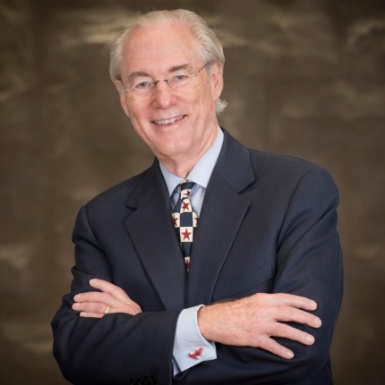Opinion: The Importance of Productive ‘Failure’ on the Path to Curing Alzheimer’s

Sign up and receive information on the latest news and updates.
Re-Posted from Modern Consult
The path to success is paved with failure. Some of the world’s most successful enterprises have achieved breakthrough accomplishments by promoting creativity and risk in the face of seemingly insurmountable challenges.
Those searching for a cure for Alzheimer’s disease — researchers, companies, patients, caregivers, regulators, government, and private funders of research — have experienced several high-profile recent setbacks. However, finding a cure for Alzheimer’s will require more frequent and bold “failure” of this kind.
More than 5 million Americans live with Alzheimer’s, putting a crushing burden on more than 16 million family caregivers. As 74 million baby boomers continue to age, the number of Americans living with Alzheimer’s is projected to triple by 2050, with the costs to Medicare and Medicaid expected to skyrocket from $186 billion to $750 billion.
Developments in the battle against Alzheimer’s are encouraging. Microsoft co-founder Bill Gates committed $100 million to find a cure for the disease. XPRIZE selected early detection of Alzheimer’s as an area of focus for 2018. And the CHANGE Act was introduced — bipartisan legislation to overcome barriers to a faster cure for Alzheimer’s disease.
In 2018, the Food and Drug Administration took an important step toward finding a cure when it articulated a modern and flexible new approach to Alzheimer’s drug approvals. The agency previously required potential new therapies to show a benefit in both cognition (memory) and function (ability to perform everyday tasks), a more rigid standard than it applies to most other disease areas.
In draft guidance issued last February, however, the FDA offered important clarity on the importance of measuring changes in cognition alone in the earliest stages of disease, even before clinical symptoms appear. This is our new frontier.
Despite these developments, the path to a cure has also been beset by discouraging and high-profile setbacks. Last year, one large drug manufacturer announced that it would end its final-stage test of a promising drug compound to treat patients early in the disease. Another large manufacturer recently made the decision to end its internal research in the Alzheimer’s space.
Notwithstanding these announcements, there are more than 90 drugs in the pipeline as industry leaders work to diversify the number of shots on goal, and 31 phase-three drugs currently exist that could reach the market in the next five years. Given that there have been no novel treatments for Alzheimer’s approved in 16 years, there is no assurance that success will happen. But momentum is building, and failure is not an option.
Drug research, even when it fails, provides a source of hope to people living with Alzheimer’s and their families. Well-designed and well-funded experiments and clinical trials provide more and better data. Much of what we now know about promising new treatments has come from clinical trials that failed to reach their goals.
Collaboration is often a buzzword here in Washington, but in the case of Alzheimer’s, it’s tangible. Increasing data sharing has the potential to strengthen academic research, the practice of medicine and the clinical trial system.
The benefits are obvious: Complete data answers new questions, leads to different lines of analysis and supports large-scale analyses across trials. Encouraging the sharing of the underlying data in such trials will help to further accelerate medical progress and help in holding industry sponsors accountable.
If we fail productively and have mechanisms for sharing results of negative trials, government funding will be used more efficiently, and Congress will have more reason to continue to increase federal dollars for Alzheimer’s research. The key to a cure likely lies in the joint efforts of all of us, including government, industry, philanthropists and local communities that have taken up the research gauntlet.
Patients can join the fight against the disease by taking part in clinical trials and making their voices heard by engaging with regulatory bodies like the FDA around the drug approval process. This empowers patients to contribute in a vital way to the development of drugs that may one day cut the risk of Alzheimer’s for their children and grandchildren.
We are conditioned to avoid failure. But life shows us again and again that failure can teach us a great deal on the path to success. And history demonstrates that we have the capacity to tackle diseases of comparable complexities and cost. Alzheimer’s is up.
